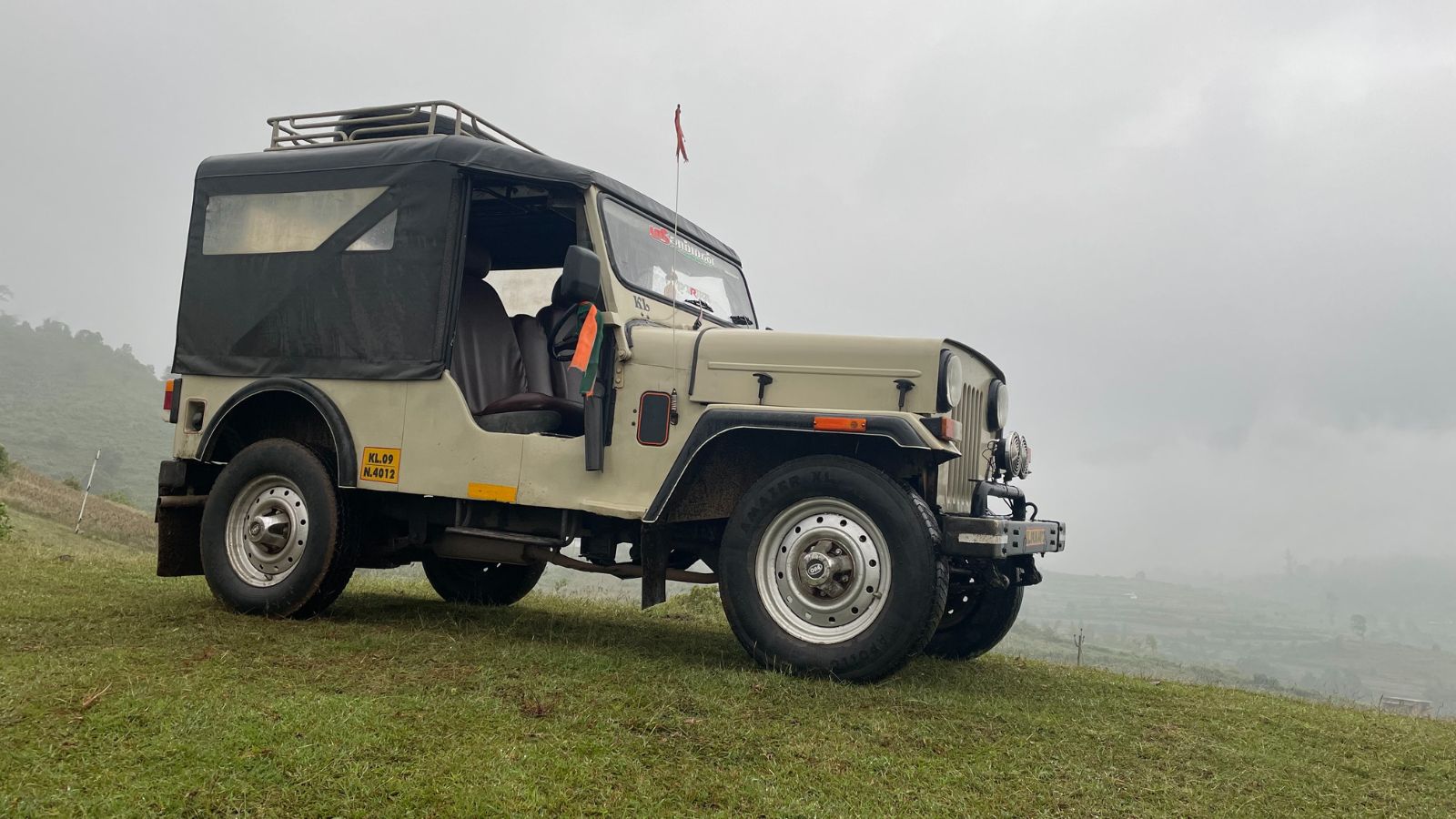The Jeep was born out of urgency during World War II. In 1940, the U.S. Army needed a lightweight, four-wheel-drive vehicle that could handle rough terrain. They sent the specifications to 135 companies. They just gave only 49 days for the design. Only two responded: Willys-Overland and American Bantam.
Although Bantam designed the first prototype, the Army doubted their capacity to meet production demands due to its small size and limited capacity. Willys-Overland and Ford were later brought in to refine and mass-produce it.
Willys-Overland contributed a powerful engine, the “Go-Devil,” and their version became the standard. Ford helped standardize the design for mass production. Together, they built nearly 640,000 Jeeps during the war.
The name “Jeep” likely comes from “GP,” military shorthand for “General Purpose” vehicle. Another theory links it to a cartoon character “Eugene the Jeep,” a magical creature from Popeye, known for going anywhere.
Jeeps earned a reputation for reliability and toughness. General Eisenhower once said the war couldn’t have been won without it. Soldiers loved it so much they brought the idea back home. After the war, civilian versions hit the market, beginning the legend of the Jeep as an all-terrain icon.
Even today, the Jeep stands a symbol of rugged freedom, tracing its roots to one of history’s pivotal times.



